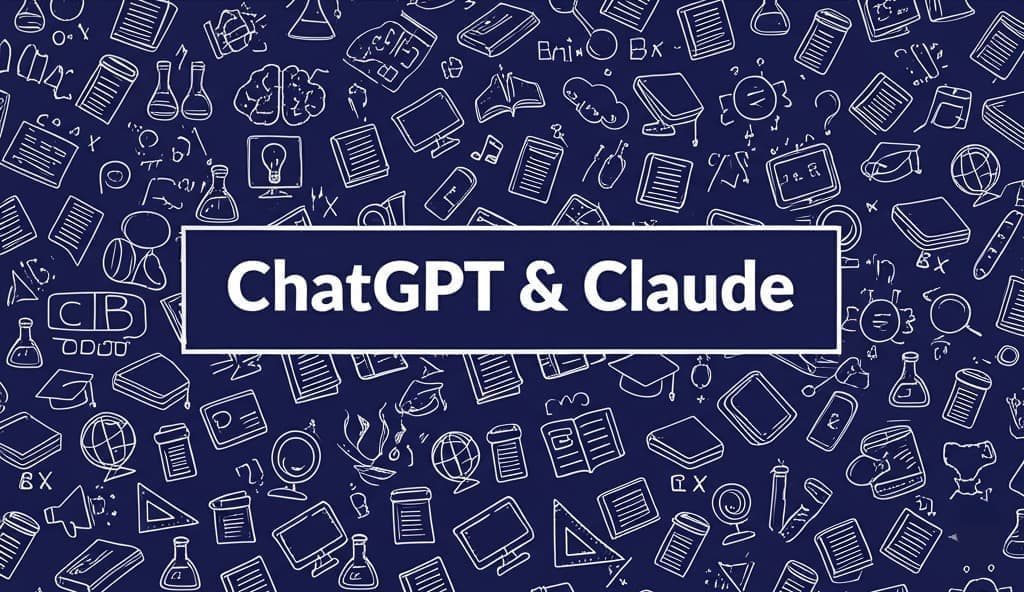
In a move aimed at integrating AI capabilities into education, both OpenAI and Anthropic have announced new initiatives targeting the university sector, seeking to solidify their presence among future generations.
These developments were unveiled in close succession—Anthropic introduced its "Claude for Education" program on Wednesday, followed by OpenAI’s announcement on Thursday that it would provide free ChatGPT Plus subscriptions to university students in the United States and Canada until the end of May.
Claude’s Focus on the Education Sector
Anthropic aims to offer an interactive learning experience through Claude for Education.
The new "Learning Mode" relies on the Socratic questioning method, designed to encourage critical thinking rather than providing direct answers.
Additionally, the company has partnered with prestigious universities such as Northeastern University and the London School of Economics.
It has also collaborated with organizations like Internet2 and Instructure to enhance AI integration in education.
Free ChatGPT Plus for Students
On the other hand, OpenAI is focusing on empowering students by granting free access to its advanced tools.
Through this initiative, students can now use ChatGPT Plus, a subscription that typically costs $20 per month.
This allows them to benefit from premium features such as large file uploads, in-depth research capabilities, image generation, and advanced voice interactions.
According to OpenAI, this step is intended to support students during their exam periods while also emphasizing the importance of understanding how to use AI effectively
The Competition Between OpenAI and Anthropic in Education
The rivalry between these companies goes beyond simply offering educational tools; each is striving to become the go-to AI platform for students in their studies and research.
Historically, similar strategies have proven effective—just as the "browser wars" of the 1990s saw software companies offer free access to secure long-term user loyalty.
Today, AI appears to be following the same path, as companies embed their products into educational environments, hoping their usage will become second nature in students' future careers.
These initiatives highlight that education has become a major battleground for AI companies, with academic institutions recognizing the importance of integrating these technologies into curricula.
At the same time, they face challenges in ensuring AI enhances student learning without becoming a shortcut for completing assignments.
As this trend continues, the key question remains: Which company will establish itself as the essential AI tool for the next generation?









